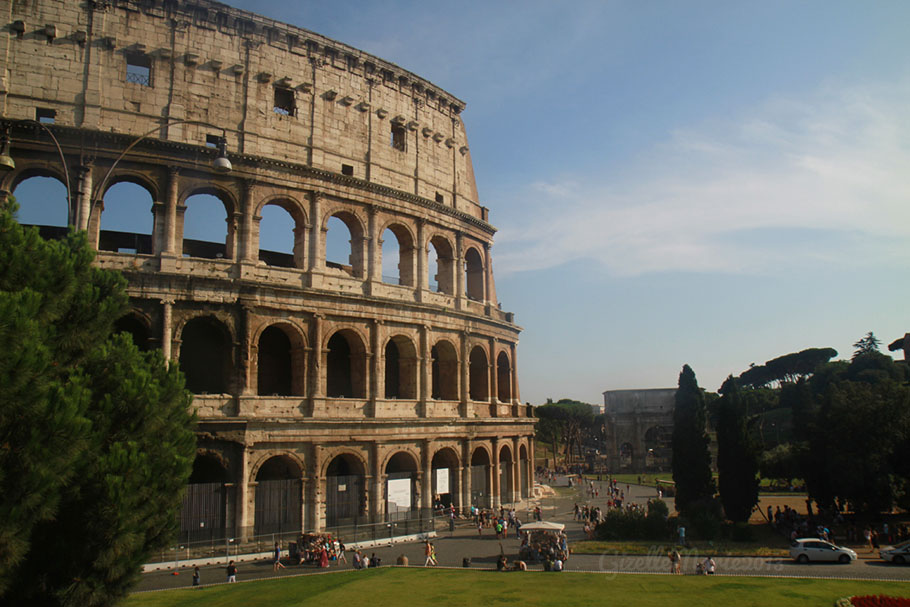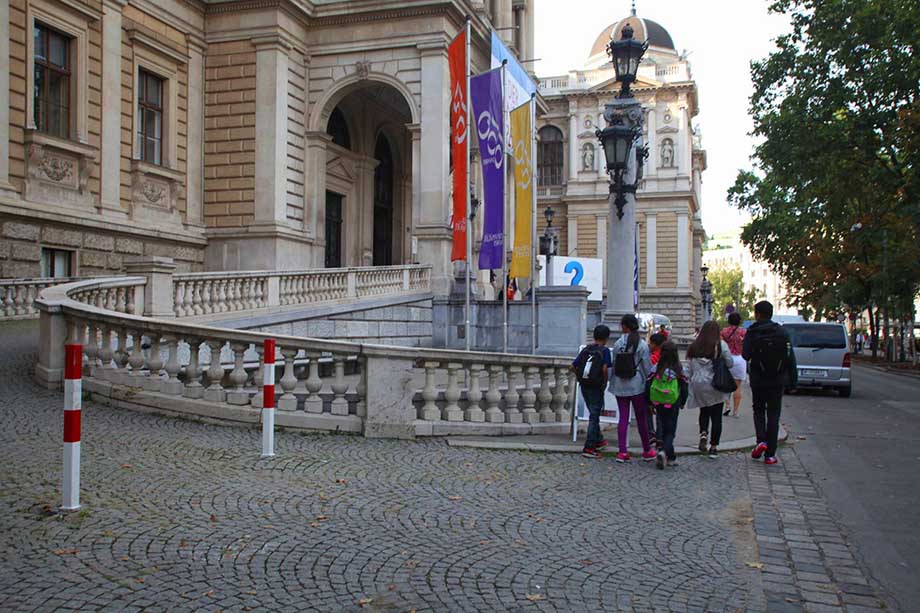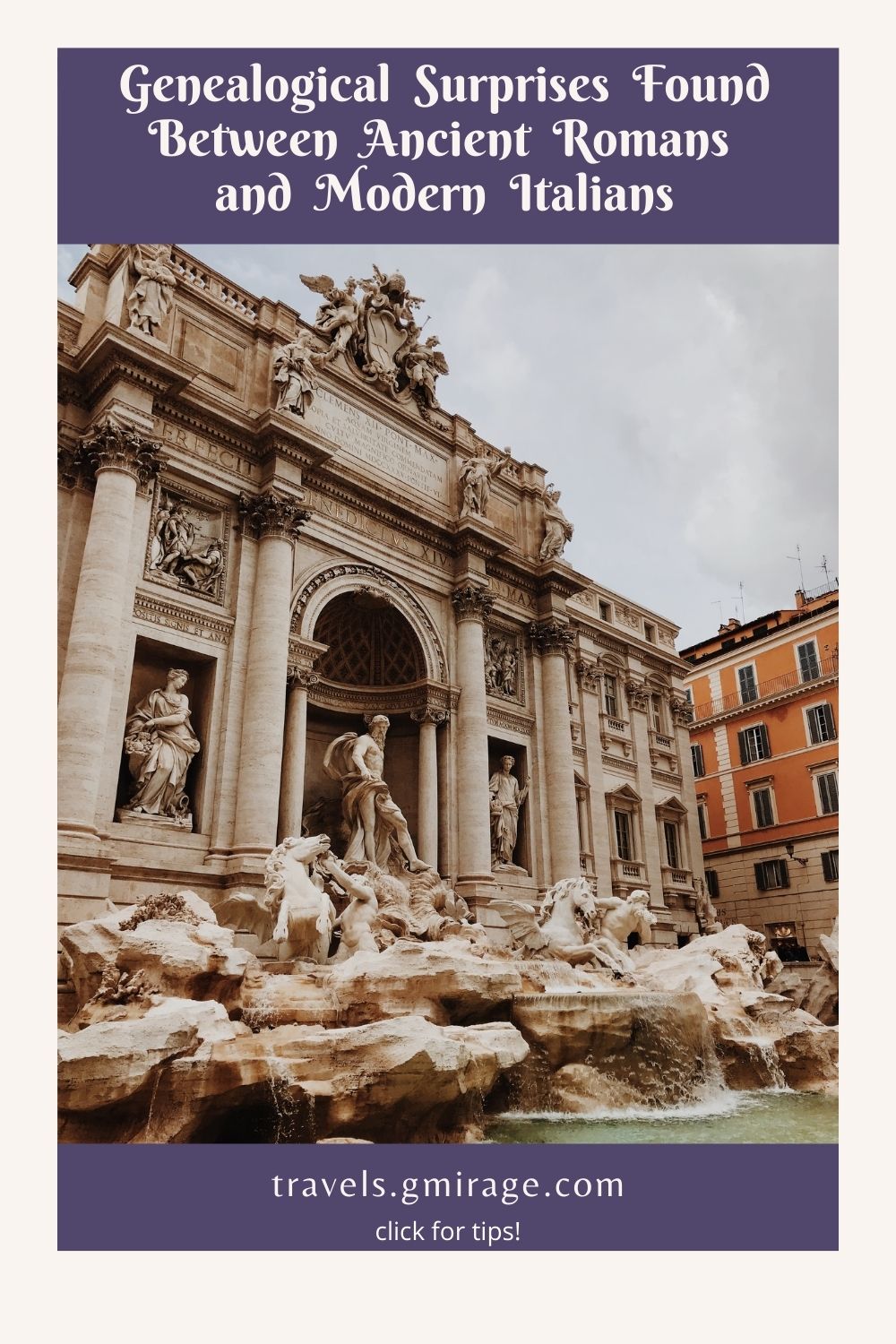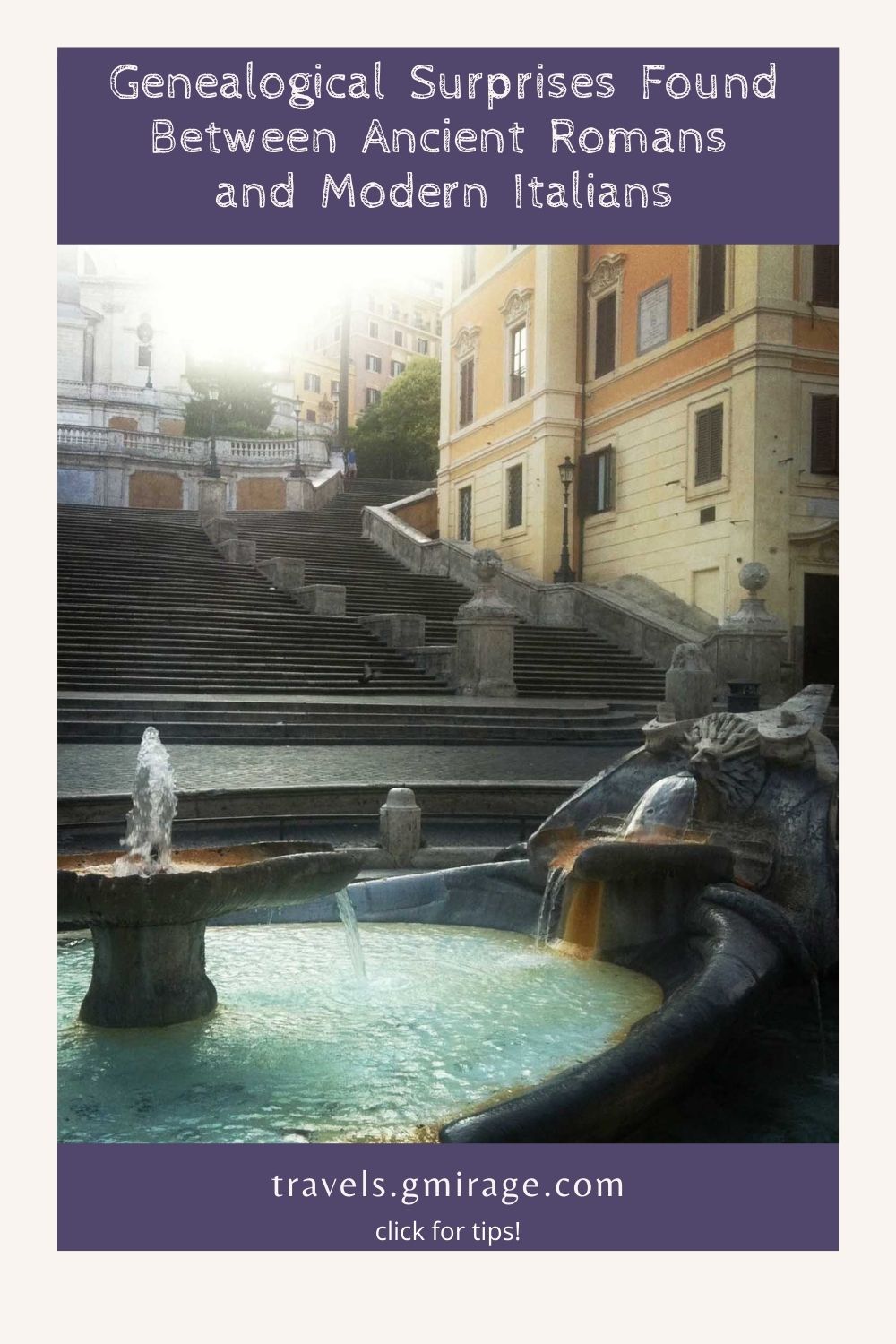
Ancient Rome lasted for more than a millennium and stretched outside of Italy, from Britain to North Africa and the Middle East. Many people assume that ancient Romans and modern Italians share the same genetic material. Yet, Rome’s empire and importance as a major city tell a vastly different story.
Rome was a primary stop along ancient trade routes for 2000 years between Asia and Northern Africa. From 27 B.C.E. until 300 B.C.E. Rome’s population exploded and diversity became one of the top strengths of the ancient superpower where their rule extended over 50 to 90 million people throughout the empire.
Find flightsTable of Contents
Science Magazine’s Study on Ancient Rome: A genetic crossroads of Europe and the Mediterranean
Science Magazine published a study in November of 2019 (‘Ancient Rome: A genetic crossroads of Europe and the Mediterranean’) that investigated the genetic history of ancient Romans and their similarities to modern Italian genes. The results they discovered surprised the professional geneticists around the globe.
The Science Magazine study dug through 12,000 years of history through examining DNA from the remains of 127 people who were buried in nearly 30 archaeological sites in and near Rome.
Throughout the Imperial era of Rome, most people who called the city home had Middle Eastern or Eastern Mediterranean ancestry.

Teamwork
Stanford University, the University of Vienna, and the Sapienza University of Rome collaborated to connect historical events and immigration patterns by examining the ancient DNA.
Alfredo Coppa was the physical anthropologist at Sapienza University who sourced hundreds of samples from many different pre-excavated sites. Ron Pinhasi at the University of Vienna removed DNA from bones while Jonathan Pritchard a geneticist at Standford University sequenced and interpreted the DNA results.
The study began in the Mesolithic era and stretched to encompass the prevalence and downfall for one of our world’s histories most infamous superpowers. The study proves that Rome was more of a melting pot like modern-day London or New York City.
As the Roman Empire expanded and the city grew to 1 million residents (the first in the ancient world to reach such a dense population) the city popped with diversity making it one of the most cosmopolitan cities in the ancient world.

North African, Middle Eastern, and Turkish Genes
DNA from later dates showed a correlation between an influx of farmers from Anatolia (modern-day Turkey) dates to 9000 years ago. According to Kristina Killgrove, a Roman bioarcheologist at the University of North Carolina in Chapel Hill, from 900 B.C.E. until 200 B.C.E. Rome evolved from an ordinary city-state on the Italian Peninsula but within a millennium, Rome became the beating heart of the ancient world.
The team found 11 people with genomes that confirm the theory of mass migrations to Rome from places east of the city-state like the Middle East and Greece due to the easy route versus attempting to cross the Alps in the west. Unsurprisingly, the team’s results proved that 48 of the sampled remains (between 27 and 300 B.C.E.) only two of the DNA samples showed distinct European ties while another pair of genomes connected the individuals to Northern Africa. The remaining 44 samples came from Greece, Syria, Lebanon, and other areas in Africa and the Middle East.
Personal DNA Surprises
DNA is a great way to explore and deep dive into an individual’s ancestry.
Following the traditional routes of learning about genealogy can often result in dead ends. DNA screening can provide information for a more thorough review of one’s ancestry.
DNA Weekly is an objective website that compares a wide range of tests based on accuracy, affordability, and reliability.
It is worth checking with DNA Weekly before buying a genome test because some firms are more entertainment than fact.
|
|
|





Ancestry® is an online service provider which combines historical records, family trees, and samples from millions of people in the AncestryDNA® network. It helps people discover their ancestors’ historical documents and find their families’ history.